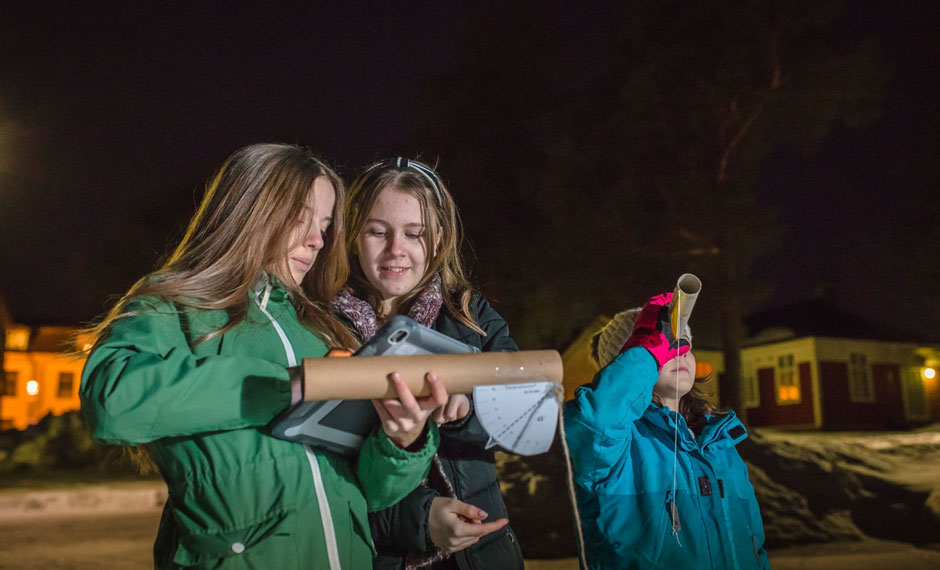In 2019 and early 2020, school pupils, teachers, scout groups, astronomers and interested members of the public in Sweden, Spain, the UK and Ireland went out to count stars in the night sky. The objective was to help researchers to test a new method for measuring light pollution. Researchers have analysed the results and these have now been published.

The Star-Spotting Experiment was a citizen science project run as part of European Researchers’ Night activities in Sweden, Spain, Ireland and the UK, co-ordinated by the Swedish non-profit organisation VA (Public & Science). Over 1900 observations were recorded during the experiment across the four countries.
“The project has aroused a great amount of interest, increasing awareness of the problems associated with light pollution as well as providing researchers with useful data,” said Lena Söderström, Project Manager for the Star-Spotting Experiment at VA (Public & Science) in Sweden. “We are really pleased that the project could run by partners in three other European countries too.”
Light at night can have negative effects on humans, animals and nature, but we lack simple and inexpensive methods to investigate the problem at a local level. Light pollution is usually measured using advanced technical equipment. The Star-Spotting Experiment tested a simple method that anyone could carry out. All that was needed to take the measurements was a compass and a cardboard tube with a protractor attached to it. Each participant counted the number of stars they could see through the tube, in nine predetermined directions, at 45 degrees to the horizon. The observations were then reported in the Star-Spotting Experiment app or via the web and the participant was instantly told how light-polluted it was at that particular location.
Measurements taken from the ground are an important complement to information obtained from satellites, and provide more localised results.
”How light-polluted is your particular street, your garden or school playground? This is what we wanted to investigate,” said Urban Eriksson, who was the researcher responsible for the project at Lund University. “Our analysis of the Swedish results, based on around 900 observations carried out all across the country, has shown that for 17 percent of the Swedish observations the light pollution was so great that the participants could not see any stars in the sky at all.”
A comparison between the results from the Star-Spotting Experiment and those obtained in other similar studies that have studied light pollution from the ground, shows that the simple method used in Star-Spotting Experiment works well. This can be important for developing new, cheap, simple and reliable measurement methods in the future.
An English version of the report containing the results of the project is now available.
There is also an interactive map where you can zoom in and see exactly where in each of the four participating countries the various observations were made and how many stars were visible at each observation.
